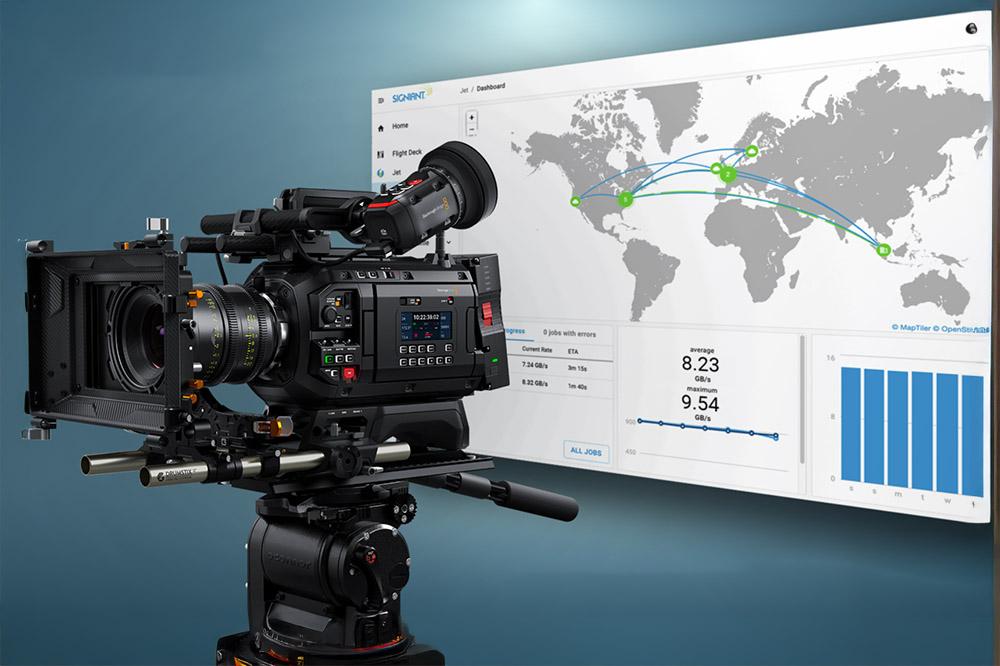Authorized vs. Grey Market Electronic Components: What’s the Risk?

A microchip, seemingly insignificant, can be the linchpin holding together a billion-dollar project. Imagine a spaceship navigating the cosmos, a cutting-edge medical device saving lives, or even a simple smartphone connecting you to the world – all are powered by these crucial components. But what if those components aren’t what they seem?
In the relentless pursuit of cost savings and availability, the lines between authorized and grey market electronic components have become increasingly blurred. On one side, we have authorized distributors, the vetted guardians of quality and traceability. On the other, the shadowy realm of the grey market beckons with promises of cheaper prices and hard-to-find parts.
But this temptingly opportunistic route carries a significant, often unseen, price. Counterfeit components, misrepresented authenticity, inconsistent reliability – the potential pitfalls are numerous and potentially catastrophic. This article delves into the critical distinctions between authorized and grey market electronic components, illuminating the risks involved and equipping you with the knowledge to navigate this complex landscape and protect your valuable assets. Before you gamble on the unknown, understand the stakes.
Table of Contents
- Navigating the Component Maze Risks and Rewards of Authorized Channels
- Beyond the Distributor Shield Due Diligence for Grey Market Electronics
- Q&A
- Final Thoughts

Navigating the Component Maze Risks and Rewards of Authorized Channels
Entering the world of electronic components can feel like navigating a complex maze. One path leads to authorized channels, the trusted suppliers partnered directly with manufacturers. The other twists and turns through the grey market, a landscape of independent distributors offering tantalizingly low prices. Choosing your route requires weighing the potential risks and rewards that each offers.
The authorized channel route offers assurance. You’re paying for more than just the component itself, you’re paying for traceability, reliability, and the manufacturer’s guarantee. Think of it as a premium insurance policy against product failure and supply chain disruptions. However, that peace of mind comes at a cost – potentially higher prices and longer lead times. Here’s a simplified comparison:
| Factor | Authorized Channel | Grey Market |
|---|---|---|
| Pricing | Higher | Lower |
| Traceability | Excellent | Limited |
| Risk | Low | High |
| Warranty | Manufacturer | Limited/None |
The allure of the grey market lies in its potential. You might uncover hard-to-find components or secure better deals, especially when dealing with obsolete parts. So, explore the component maze, but be aware of the risks:
- Counterfeit parts: The grey market is more susceptible to counterfeit components.
- Lack of Support: Limited technical support compared to authorized distributors.
- Questionable Traceability: Verifying the components’ origin and history can be challenging.
Beyond the Distributor Shield Due Diligence for Grey Market Electronics
Beyond the Distributor Shield: Due Diligence for Grey Market Electronics
Venturing into the grey market for electronic components can feel like navigating a minefield. While the allure of lower prices might be strong, especially in times of shortage, relying solely on the seller’s claims is a dangerous game. Standard distributor warranties offer some defense, but these protections often vanish beyond authorized channels. Therefore, a robust due diligence process is paramount to mitigate risks associated with diminished quality and unknown origins. Thinking you’re getting a bargain when, in reality, you’re inviting counterfeit components into your supply chain? A headache, to say the least.
But what does comprehensive due diligence in the grey market actually look like? It goes much further than asking if the price is too good to be true (although that’s always a good starting point!). Consider incorporating these checks:
- Visual Inspection: Look for inconsistencies in packaging, markings, and component appearance.
- Date Code Verification: Ensure date codes are legitimate and align with the component’s expected lifecycle.
- Functional Testing: Implement rigorous testing protocols to verify functionality, performance, and adherence to specifications.
- Independent Lab Analysis: Engage a reputable third-party lab to conduct destructive testing and authentication.
- Supplier Background Checks: Scrutinize the supplier’s history, reputation, and certifications.
Here’s a comparison highlighting the value a deep dive offers over surface-level assurances:
| Due Diligence Level | Potential Discovery | Risk Mitigation |
|---|---|---|
| Basic | Price discrepancy. | Minimal. |
| Advanced | Counterfeit components, damaged goods, or remarked parts. | Significant reduction in reliability issues, brand damage, and regulatory penalties. |
Q&A
Okay, here’s a creative Q&A for an article titled “”, written in a neutral tone.
– The Q&A to Keep You Awake (But Not TOO Anxious)
Q: Okay, let’s cut to the chase. My boss just told me to find the cheapest component X, regardless. What’s the big deal if I stray from authorized channels? We’re talking pennies on the dollar, right?
A: Pennies saved now could cost you dollars (and headaches) later. Think of it this way: are you buying a hand-rolled cigar on the street, or from a reputable tobacconist? Both look like cigars, but the origin, quality, and storage conditions are worlds apart. Grey market components might seem identical at first glance, but often lack traceability and could be counterfeit, substandard, or improperly stored – all impacting reliability and performance down the line.
Q: So, “traceability” is the magic word, huh? What exactly does that mean in the component world?
A: Exactly. Traceability is your component’s autobiography. It’s the documented history proving its authenticity and journey from the manufacturer’s factory to your hands. Authorized distributors provide this: they can verify the component’s provenance, batch number, and storage conditions all the way back to the original source. Grey market components? Often, the story’s only half-written… or completely fictional.
Q: “Counterfeit” sounds like a worst-case scenario. Surely, it’s not that widespread, is it?
A: Unfortunately, it’s more prevalent than you might think. Sophisticated counterfeiters are getting better at mimicking genuine components visually. They can range from remarked components (where an older, cheaper component is re-labeled as a newer, more expensive one) to outright fakes that simply look like the real deal. The damage can be severe: product failures, recalls, and even compromised safety.
Q: Alright, alright, you’ve scared me straight. But aren’t authorized distributors always more expensive? Isn’t that just their angle to stay relevant?
A: While pricing on the gray market may seem less expensive at first glance, the TOTAL COST OF OWNERSHIP may be higher. Authorized distributors offer more than just components; you’re paying for peace of mind, guaranteed quality, warranty support, and protection against intellectual property infringements. In many cases, the price will be competitive compared to the grey market. Think of that premium as insurance against future problems. Factor in the cost of rework, recalls, damage to reputation, and potential legal liabilities when evaluating the overall expense.
Q: Let’s say I have to consider the grey market (budget cuts are brutal!). What are the Red Flags I should watch out for?
A: Glad you asked. Treat any grey market purchase like a high-stakes gamble. Key red flags include:
Unusually low prices: If it seems too good to be true, it probably is.
Unofficial or incomplete documentation: Missing batch codes, altered labels, or lack of Certificates of Conformity are major warnings.
Unfamiliar packaging: Generic or damaged packaging should ring alarm bells.
Seller’s reputation: Research the seller thoroughly. Are they an established distributor with a proven track record, or a fly-by-night operation?
Country of origin mismatch: If the component’s markings don’t match its supposed origin, proceed with extreme caution.
Q: So, what are the best practices for sourcing components, beyond simply going with an authorized distributor?
A: Conduct a component risk assessment before designing in any part, especially if using high-reliability or safety-critical components. This assessment should include factors like component lifecycle, the potential impact of end-of-life (EOL), and the availability of alternative parts.
Invest in component testing: Implement incoming inspection procedures, including visual inspection, electrical functionality tests, and even destructive analysis if necessary, to verify authenticity and performance.
Establish long-term relationships: Cultivating solid relationships with reputable authorized distributors fosters trust and ensures a consistent supply chain.
Stay informed: Keep abreast of industry trends, counterfeit alerts, and best practices through industry associations and trusted news sources.
Q: Final words of wisdom? What’s the one thing I should remember when making a decision?
A: Remember that the cheapest component is rarely the least expensive in the long run. Value reliability, traceability, and peace of mind above short-term savings. Your product’s (and your company’s) reputation depends on it. Essentially, play it safe – unless you really enjoy high-stakes, high-risk gambles.
*
I tried to keep it informative, engaging, and slightly humorous without being flippant about the serious risks involved. Let me know what you think!
Final Thoughts
So, the next time you’re sourcing components, remember this: navigating the world of electronics is a bit like traversing a jungle. The authorized path, while sometimes seeming longer and perhaps a little more…tame, offers a clear map, a reliable guide, and the assurance of safe passage. The grey market? It’s the unexplored path, promising shortcuts and potentially lower prices, but riddled with hidden dangers. One wrong decision, and you might just stumble into a counterfeit quicksand, leaving your project – and reputation – swallowed whole. Choose wisely, adventurer. Your success may depend on it.

